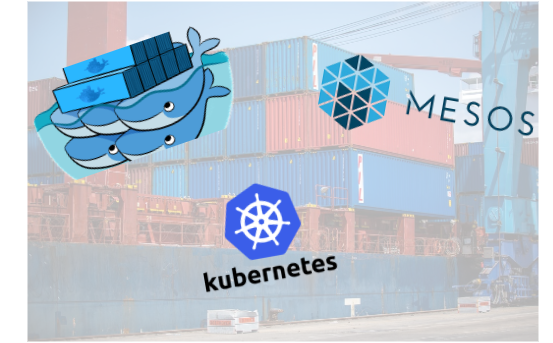Author Archives: Arun
Author Archives: Arun
Openstack | Amazon AWS | VMware (VSwitch / DVSwitch) | |
|---|---|---|---|
| Virtual Network Continue reading |
 |
| © Calico project (http://docs-archive.projectcalico.org/en/1.4.3/addressing.html) |
 |
| Source: http://samadhisoft.com/wp-content/uploads/2009/05/nested-boxes.jpg |
 |
| © Warner Bros |
 |
| © Calico project - Metaswitch |
 |
| License: CC from Docker Blog / Dave Tucker |
FROM centos:latest
MAINTAINER Continue reading |
| © Arun Sriraman |
 |
| © ContainerWorld (Informa) - Taken from container world photo gallery |
| © Arun Sriraman |